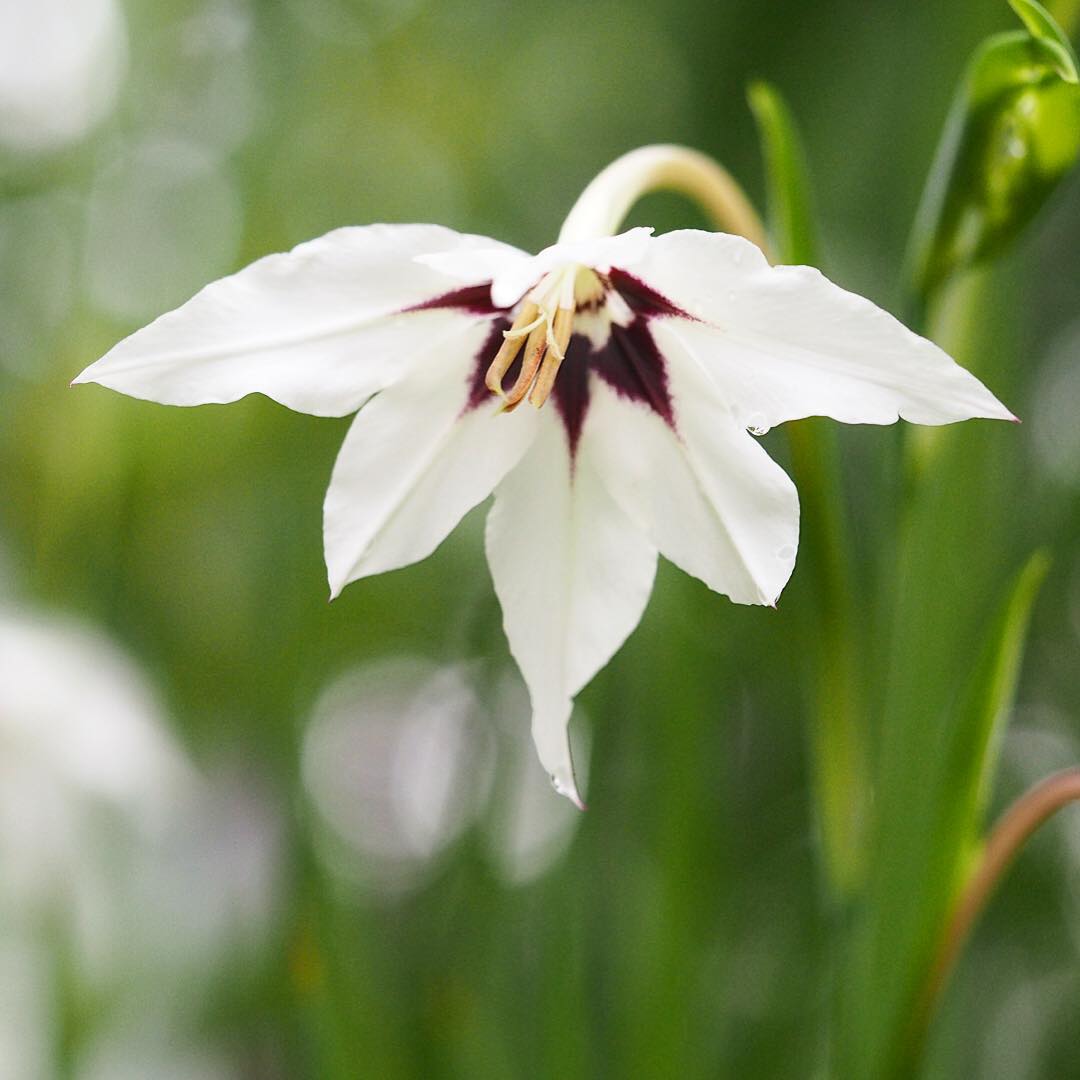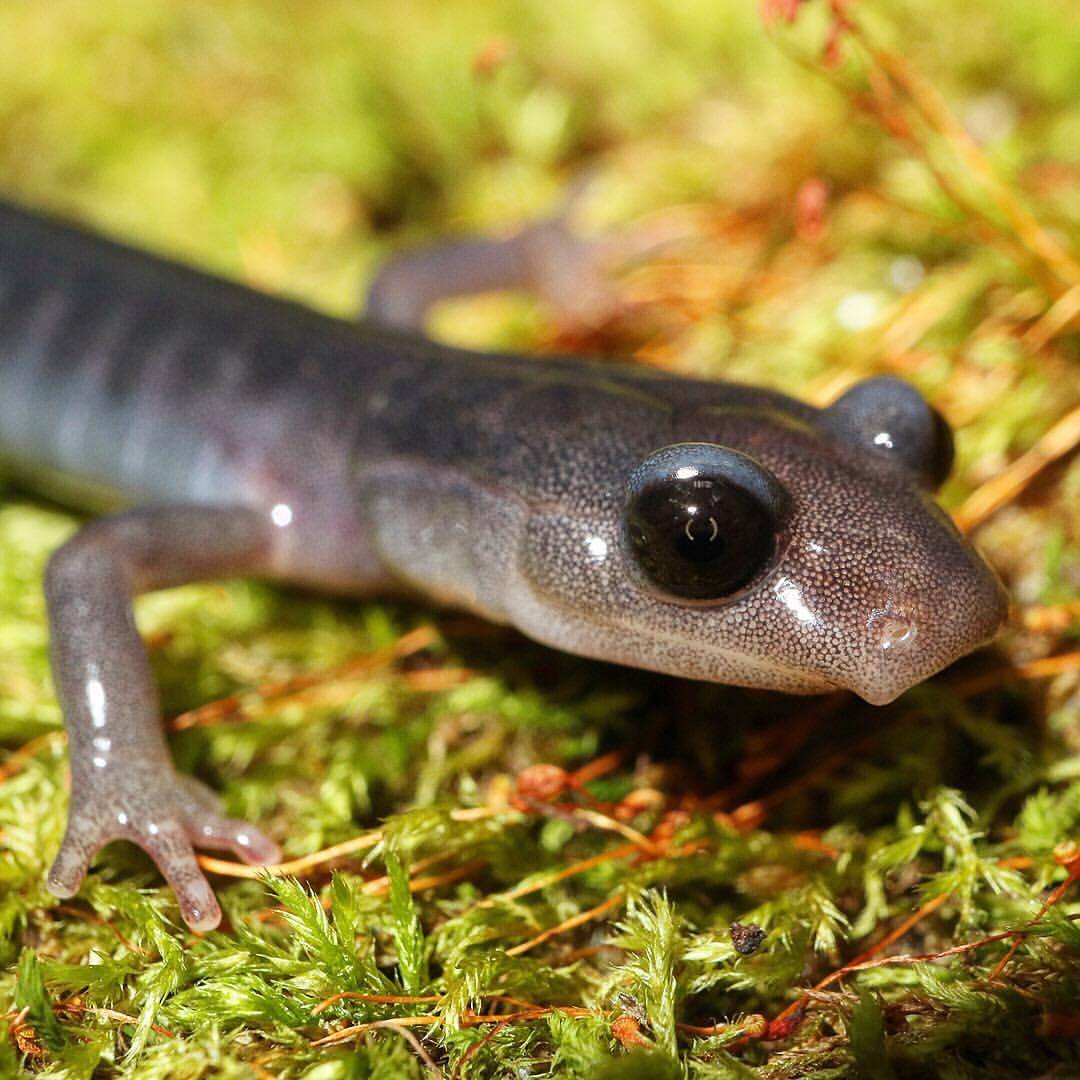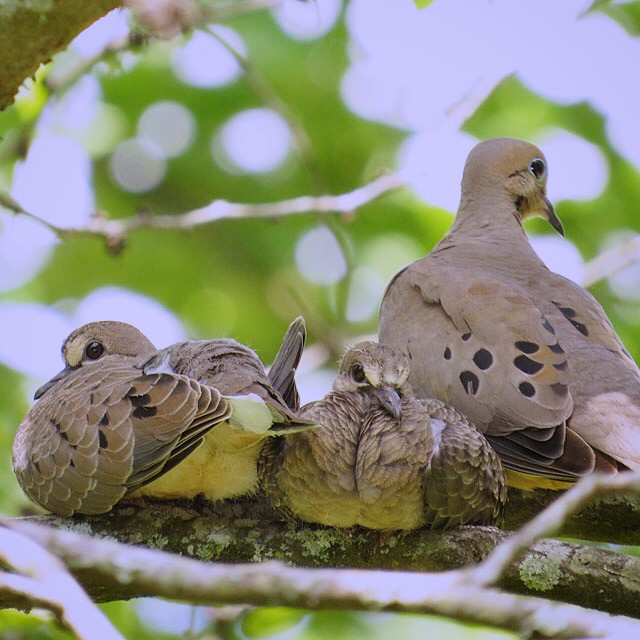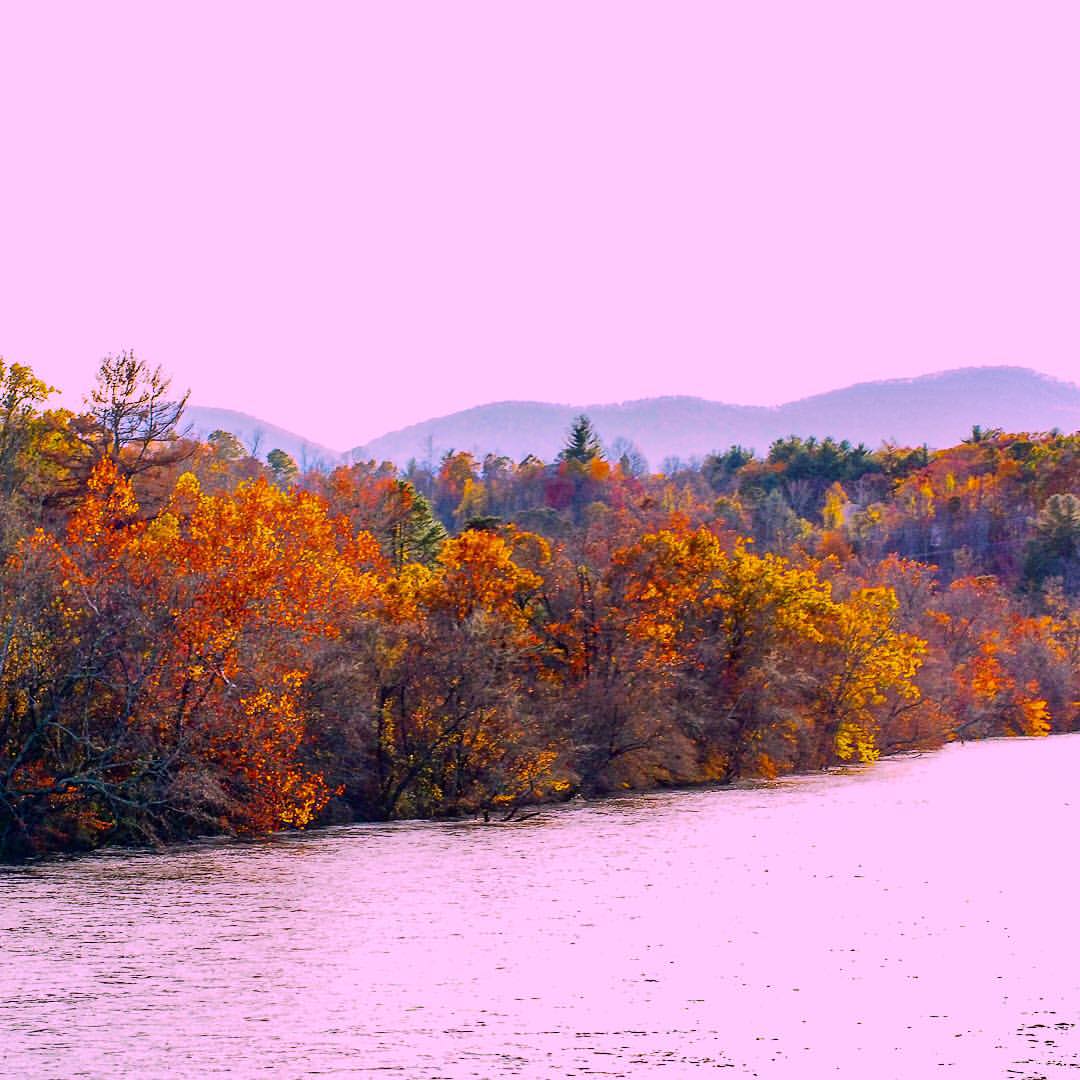A creek runs by my house. It is a trout stream, and draws a variety of herons, frogs, and other wildlife. This is wonderful for nature photography, attracting so many animals to my yard. But quite often, the creek itself is my subject. I admit it may sound a bit odd, but the creek has become my watery muse.
Sinking Creek is named for its odd habit of regularly going underground along its roughly 10 mile route. I can verify that it is very much above ground by my house, but not far away downstream it sinks totally beneath the earth until it joins below the surface with the Watauga River. In my own yard, the creek is edged by both forest and wetlands, offering refuge to many plants and animals.
Through the seasons, the creek changes every day. In spring, a thousand shades of green are reflected on its surface. After summer storms the water flows fast and muddy, swelling its banks. In autumn, colorful leaves float as they fall from the trees, offering a variety of shapes and colors. In winter, ice creates intricate sculptures attaching to branches that have fallen in the water. Always, the surface of the creek itself borrows color from the sky- gray, blue, orange, crimson, and a thousand other shades.
This month, I have been playing with reflections of sun and shadow on the creek. Depending on the flow of water, and the angle of the sun, the exact same part of the creek can look totally different. I took all these photos looking upstream from a small bridge that crosses the creek, each in an almost identical spot over the past few weeks.
This photo was taken at a relatively high shutter speed, 1/640, catching sharp details of the water frozen in motion.

This image was shot at a slow shutter speed, only 1/13. Here the water is more blurred, though the pattern of waves is still visible.

A second image, taken only moments after with the same shutter speed, shows how even just a subtle shift in light can make a big difference in the appearance of the water.

This final image was again taken at a relatively fast shutter speed, 1/500, and because of the angle of light shows some of the rocks below the surface.

Each of these images captures only a small fraction of the many faces of the creek. There is always more to explore, since it is never the same. I will provide a link here to a gallery of creek images that will slowly grow, as I add more through the seasons.



